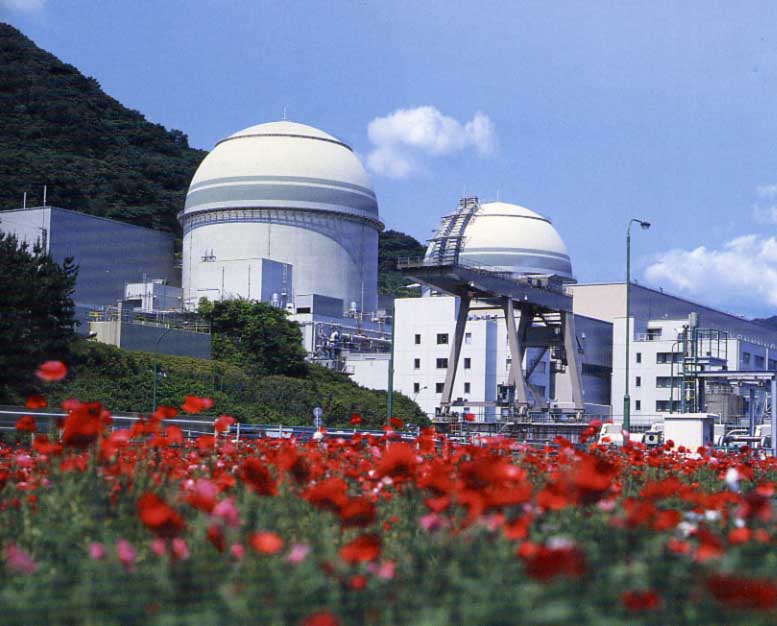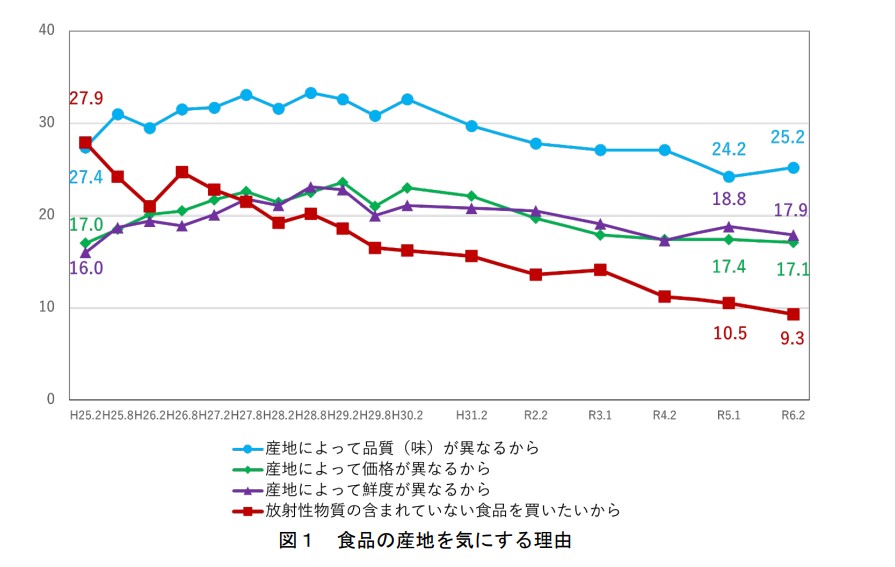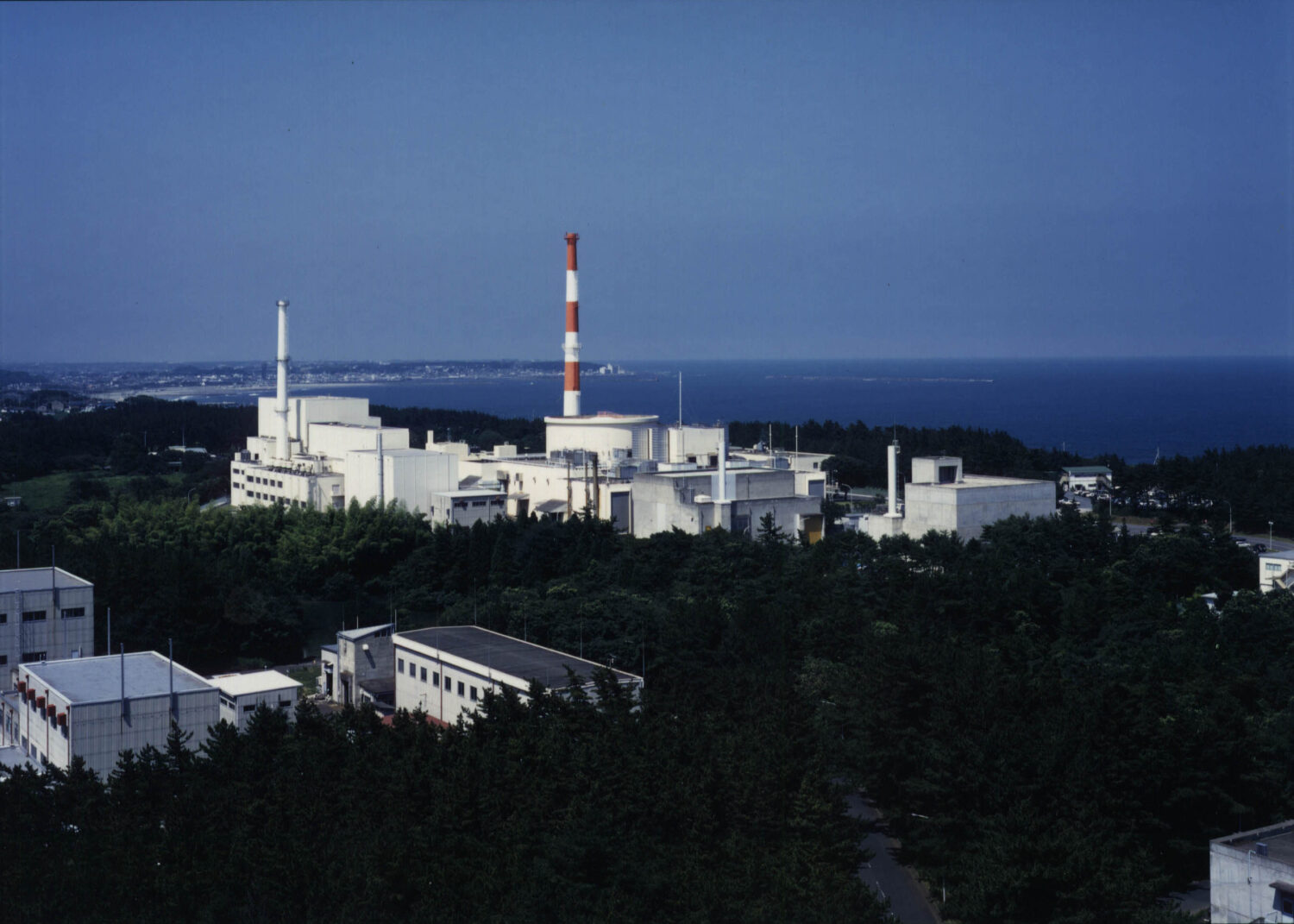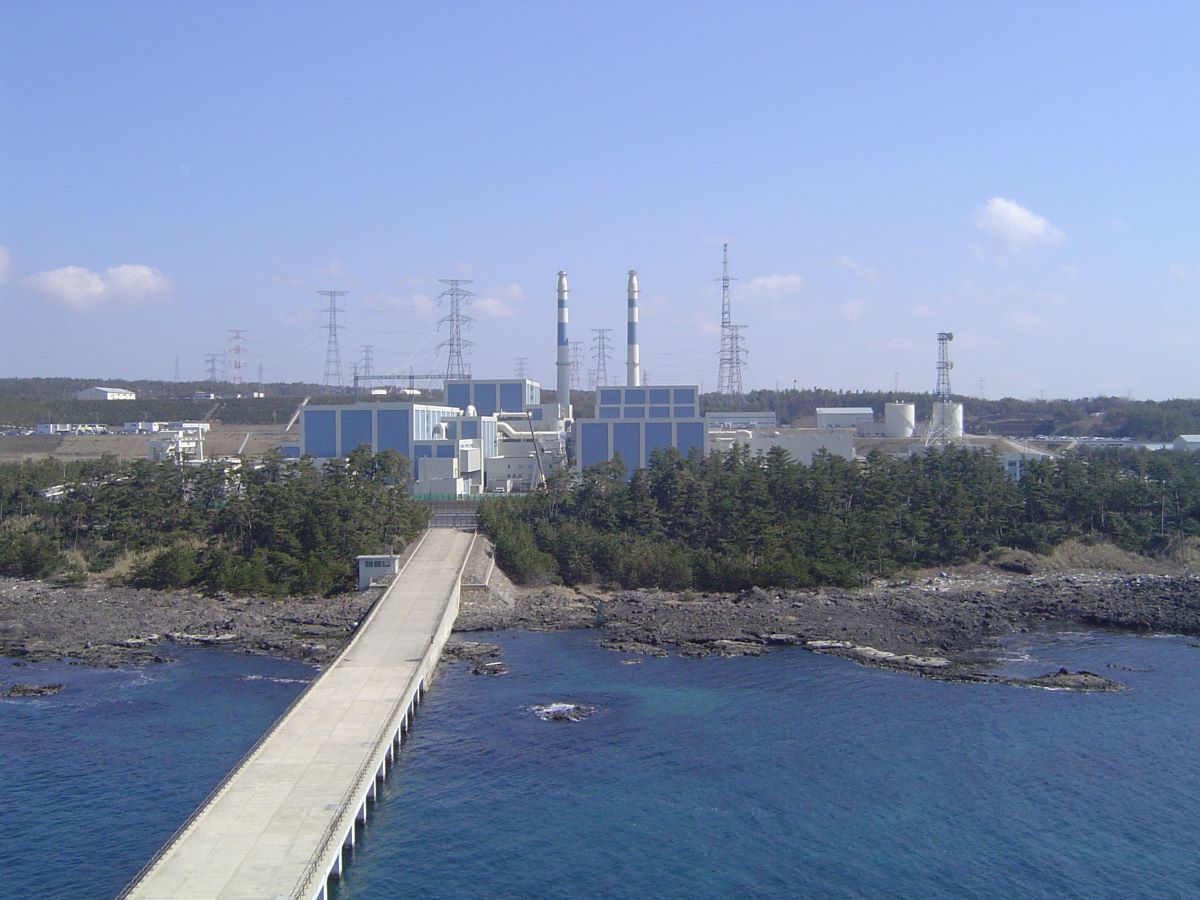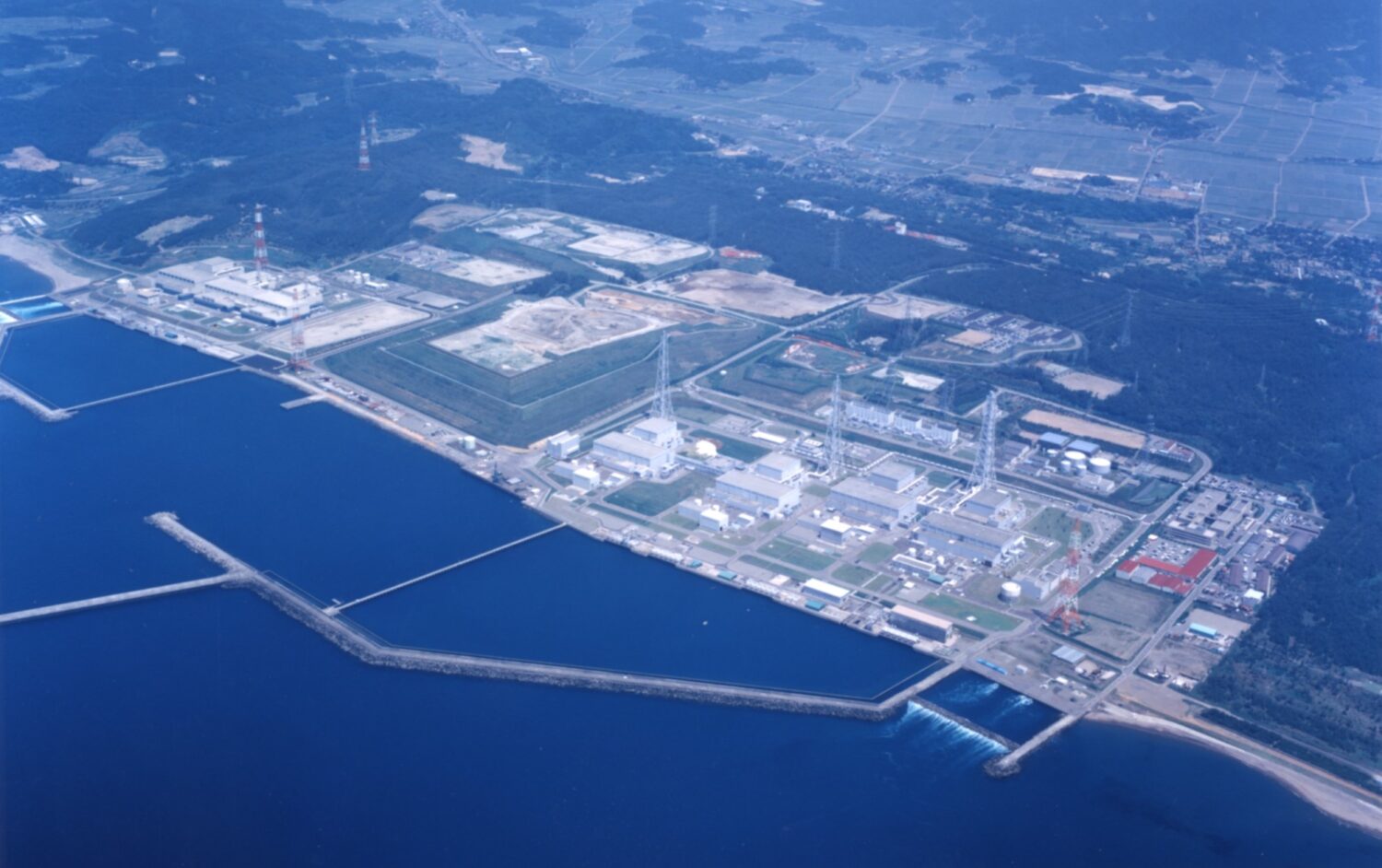In 2014, the two universities had submitted applications to the NRA for the two units to be examined. In April 2016, after a series of evaluation meetings by its experts, the NRA sent draft review reports supporting the requests to the Japan Atomic Energy Commission (JAEC) and the Ministry of Education, Culture, Sports, Science and Technology (MEXT). After those two bodies agreed, NRA granted its permission on May 11.
Examinations of compatibility with NRA’s new regulatory standards are also underway at six other test and research reactors in the country, including Kyoto University’s KUR and the Japan Atomic Energy Agency’s JRR-3. As the reactors have been out of operation for more than two years, there are concerns that their stoppage could affect industrial requirements, as well as the development of human resources in the area of nuclear energy. The parties involved are thus pinning keen hopes on their early restart.
In comparison with regular nuclear power plants, test and research reactors have smaller outputs, with diverse structures and uses. At the meeting on May 11, NRA Chairman Shunichi Tanaka indicated that his organization would proceed with the examinations of the other reactors based on a rational, graded approach, taking into account the associated levels of risk.


.jpg)


